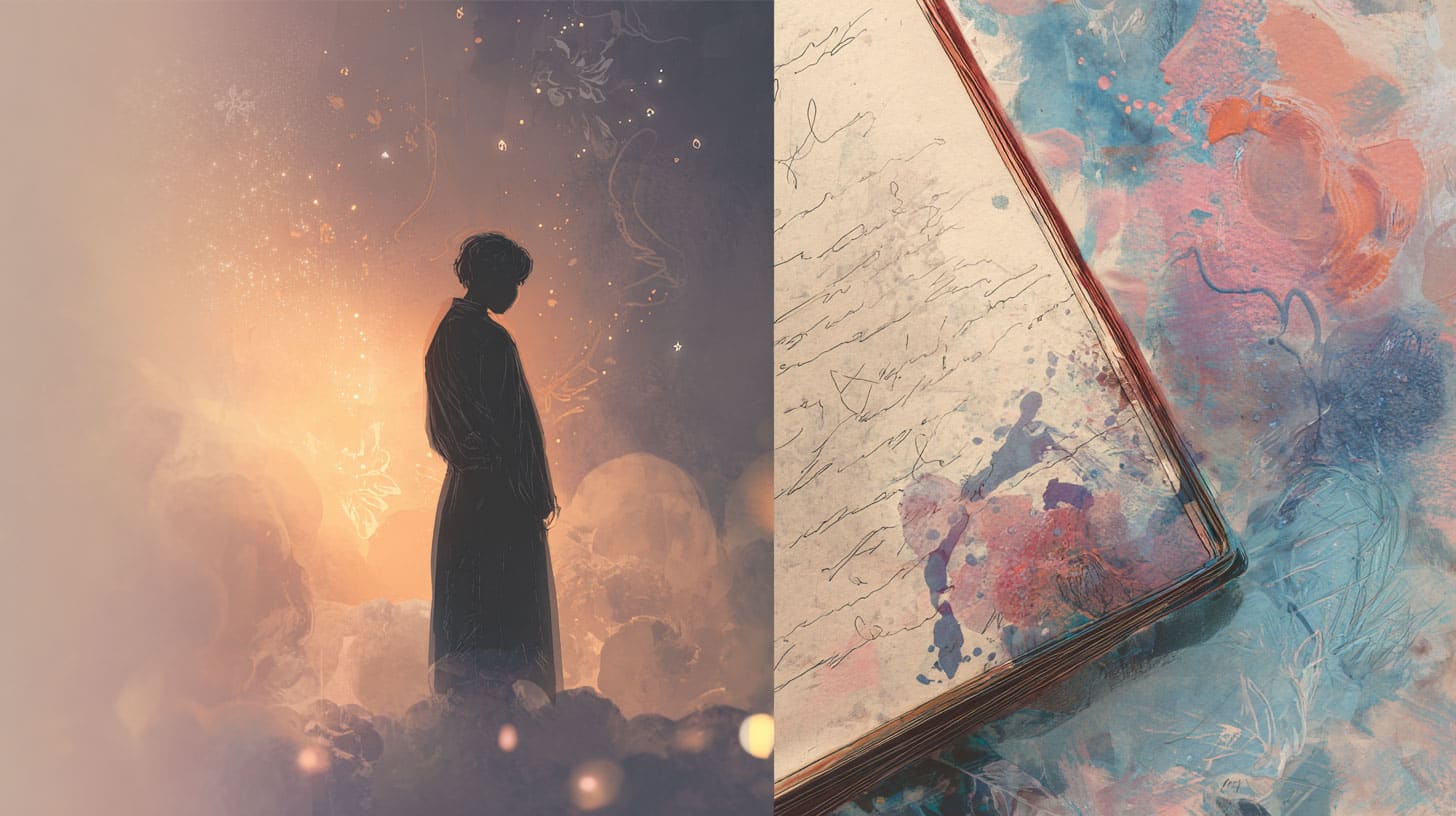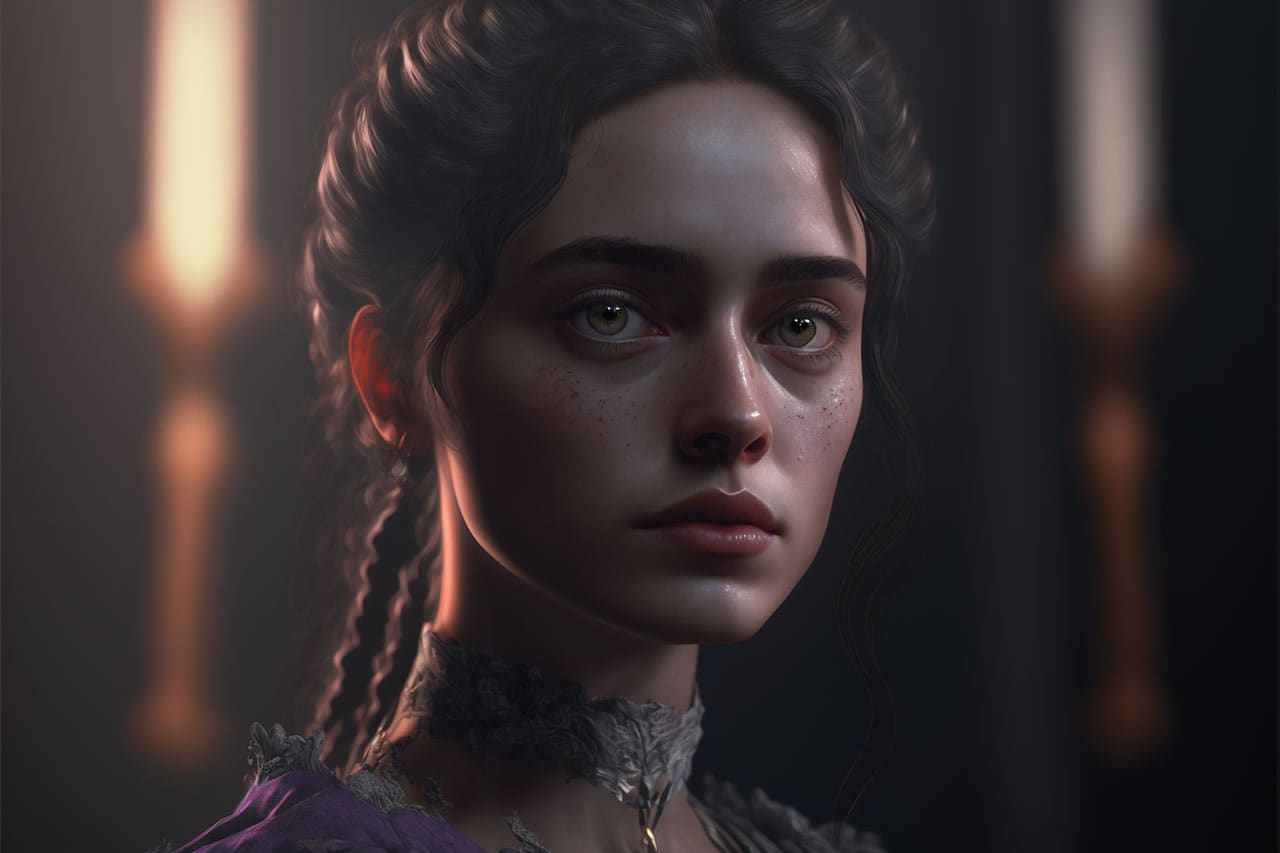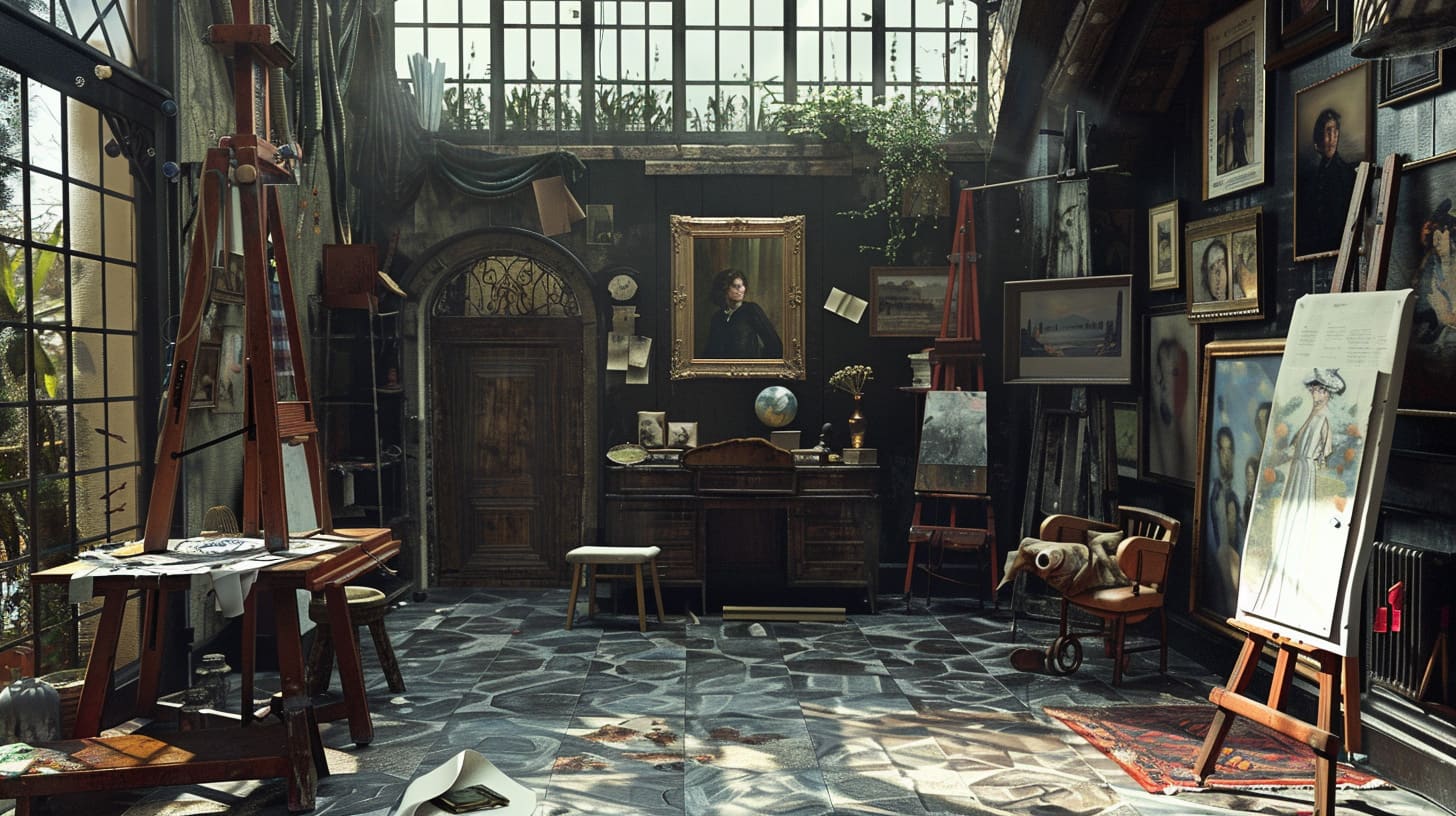
5 Art Exercises for Deep Self-Reflection
Art has long served as a mirror to the soul, offering pathways to self-discovery that words alone cannot reach. Through creative expression, we bypass the analytical mind and access deeper truths about ourselves, our emotions, and our place in the world. These five art exercises are designed to facilitate introspection and contemplation, requiring no artistic skill – only curiosity about your inner landscape.
Exercise 1: The Emotion Color Map
This foundational exercise helps you visualize your emotional landscape through color, creating a personal language for feelings that may be difficult to articulate.
What You Need:
- Paper (any size)
- Colored pencils, markers, or paints
- 20-30 minutes of quiet time
The Process:
-
Create Your Palette: Close your eyes and think of different emotions. What color is joy for you? Anger? Sadness? Peace? Don't overthink – trust your first instinct.
-
Map Your Day: Divide your paper into sections representing different parts of your day or week. Fill each section with the colors that represent how you felt during those times.
-
Look for Patterns: Step back and observe. Where do certain colors cluster? What emotions dominate your landscape? Where are the transitions?
Reflection Questions:
- Which colors appear most frequently?
- Are there emotions you expected to see but didn't?
- How do your color choices differ from conventional associations?
This exercise reveals emotional patterns we might not consciously recognize, offering insights into our inner state and helping identify areas that need attention or celebration.
Exercise 2: The Shadow Self Portrait
Carl Jung spoke of the shadow self – the parts of our personality we hide, repress, or deny. This exercise uses art to safely explore these hidden aspects.
What You Need:
- Large paper
- Charcoal or dark pencils
- A light source (lamp or flashlight)
- Mirror (optional)
The Process:
-
Create the Shadow: In dim lighting, position yourself so you cast a shadow on the wall. Observe its shape, how it distorts and changes with movement.
-
Draw Without Looking: Turn away from your shadow and draw what you remember. Don't aim for accuracy – let your hand move intuitively.
-
Fill the Form: Within your shadow drawing, add symbols, words, or abstract marks representing aspects of yourself you typically hide or struggle to accept.
-
Dialogue with the Shadow: Write a conversation between your everyday self and your shadow self. What would they say to each other?
Going Deeper:
This exercise can be emotionally intense. Remember that acknowledging shadow aspects doesn't mean acting on them – it means integrating them consciously for wholeness and self-understanding.
Exercise 3: The Life River
This visual metaphor exercise helps you see your life journey from a new perspective, revealing patterns and transitions you might have missed.
What You Need:
- Long piece of paper (or tape several sheets together)
- Various drawing materials
- 45-60 minutes
The Process:
-
Draw Your River: Starting from one end (birth), draw a river representing your life. Let its width, curves, rapids, and calm sections reflect different life phases.
-
Add the Landscape: What's on the banks? Mountains (challenges)? Gardens (growth periods)? Bridges (transitions)?
-
Mark Significant Moments: Add symbols for important events, people, or realizations along the river's path.
-
Extend Beyond Now: Continue the river beyond your current position. How do you envision its flow?
Reflection Prompts:
- Where has your river been widest? Narrowest?
- What patterns do you notice in how you navigate rapids?
- How does viewing your life as a river change your perspective on past difficulties?
Exercise 4: The Inner Child Collage
Reconnecting with our inner child through art can unlock creativity, joy, and forgotten dreams while healing old wounds.
What You Need:
- Magazines, newspapers, printed images
- Scissors and glue
- Large paper or poster board
- Photos of yourself as a child (optional)
The Process:
-
Gather Instinctively: Flip through materials quickly, cutting out images that attract you without analyzing why. Include words, colors, textures.
-
Create Without Planning: Arrange your clippings on the paper. Move them around until something feels right. This isn't about making "good" art – it's about letting your inner child play.
-
Add Personal Touches: Draw, write, or paint directly on the collage. Add childhood memories, dreams, or messages to your younger self.
-
Display and Revisit: Keep your collage visible for a week. Notice what draws your attention each time you see it.
Integration:
Pay attention to themes that emerge. What did your inner child want to express? What needs or desires have you been ignoring?
Exercise 5: The Daily Mark-Making Meditation
This ongoing practice combines mindfulness with creative expression, building a visual diary of your inner states.
What You Need:
- Small sketchbook or index cards
- Any drawing tool
- 5-10 minutes daily
The Process:
-
Center Yourself: Take three deep breaths. Set the intention to express your current inner state without words.
-
Make Marks: For 5 minutes, make abstract marks on the page. Lines, dots, spirals, shading – whatever emerges. Don't plan or judge.
-
Date and Observe: Note the date and any brief observations. Don't analyze deeply – just notice.
-
Weekly Review: Every week, lay out your daily marks. What patterns emerge? How do your marks change with your moods, energy, or circumstances?
Variations:
- Use only one color for a week, noticing how you create variety within limitation
- Make marks with your non-dominant hand for different insights
- Create marks while listening to different types of music
Creating Your Practice
These exercises work best when approached with:
Openness Over Skill
Remember, this isn't about creating "good" art. The messier and more honest, the more insight you'll gain.
Regular Practice
Like introspection and contemplation through any medium, consistency deepens the practice. Even 10 minutes weekly can yield profound insights.
Gentle Curiosity
Approach whatever emerges with kindness. These exercises may surface difficult emotions or memories – honor them as part of your journey.
Integration Time
After each exercise, spend time journaling or simply sitting with what emerged. Insights often come in the quiet moments after creation.
When Resistance Arises
It's normal to feel resistance to these exercises. Common blocks include:
"I'm not artistic": These exercises are about process, not product. A child's scribble can hold more truth than a masterpiece.
"I don't have time": Start with just 5 minutes. Often, the hardest part is beginning.
"It feels silly": That's your inner critic speaking. Thank it for its concern and proceed anyway.
"Nothing's happening": Trust the process. Sometimes insights come days or weeks after the exercise.
Beyond the Exercises
These five exercises are doorways, not destinations. As you become comfortable with them, you might:
- Combine exercises (shadow work within your life river)
- Create your own variations
- Share the process with trusted friends
- Work with an art therapist for deeper exploration
The Ongoing Journey
Self-reflection through art is not a one-time event but an ongoing relationship with your creative self. Each mark, color choice, and image is a word in the conversation between your conscious and unconscious minds.
These exercises offer structured ways to begin that conversation, but ultimately, any creative act can become a mirror for self-discovery. Whether through painting, sculpting, dancing, or simply doodling during phone calls, art provides a direct line to our inner wisdom.
As you explore these exercises, remember that introspection and contemplation through art isn't about finding fixed answers but about staying curious about the ever-changing landscape of your inner world. Each time you pick up a pencil or brush with the intention of self-discovery, you honor the complexity and beauty of your human experience.
May these exercises serve as trusted companions on your journey inward, revealing new facets of yourself with each creative exploration. The path of artistic self-reflection is always available – all you need to do is begin.
TAGGED WITH
More by Sarah Chen

10 Contemporary Dark Feminine Artists to Follow
Discover powerful contemporary artists who embody the dark feminine aesthetic, creating works that explore shadow, power, and the complexity of womanhood.

Independence Day in New York: Reflections on Patriotism and Community
